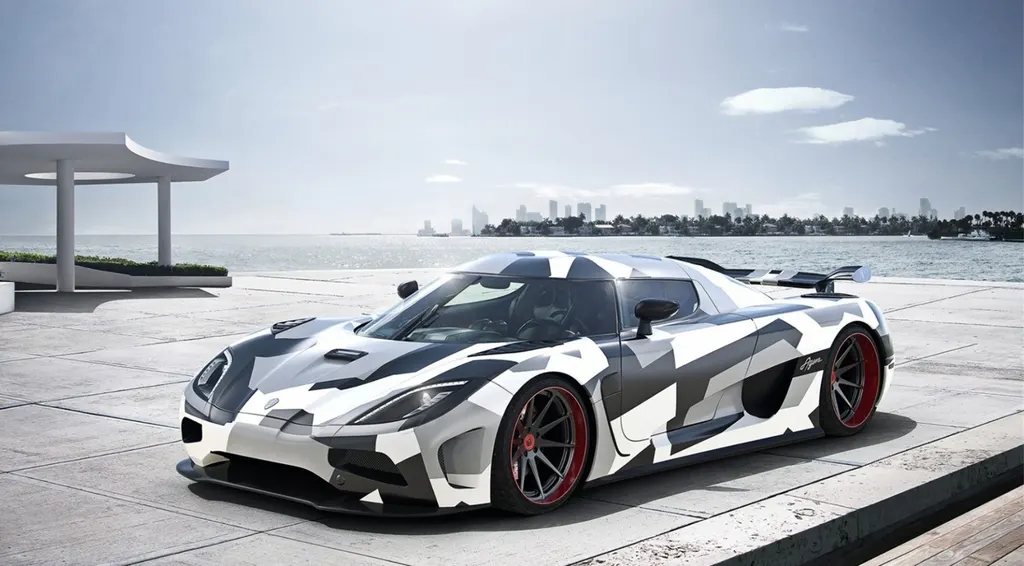There is such a car manufacturer. It only has a workshop type car factory. It has established a car brand for less than 20 years. Its annual output can only be calculated by double digits, and its full-time employees are no more than 100. It doesn’t need a lot of advertising. Every car is booked early. Even if it has to wait a long time, the customer doesn’t complain. Its products are not as passionate as Ferrari or as ambitious as Lamborghini. No one may be able to call out its name when its car is running on the road, but every car it produces can make its fans crazy. This is Koenigsegg from Sweden.

It was founded in 1994 by Christian von Koenigsegg, a Swede. As a child, Christian watched a Norwegian racing animation film Pinchcliffe Grand Prix, which had a great influence on him. It became Christian’s dream to make his own super sports car. In 1994, at the age of 22, he finally set up Koenigsegg automobile company.
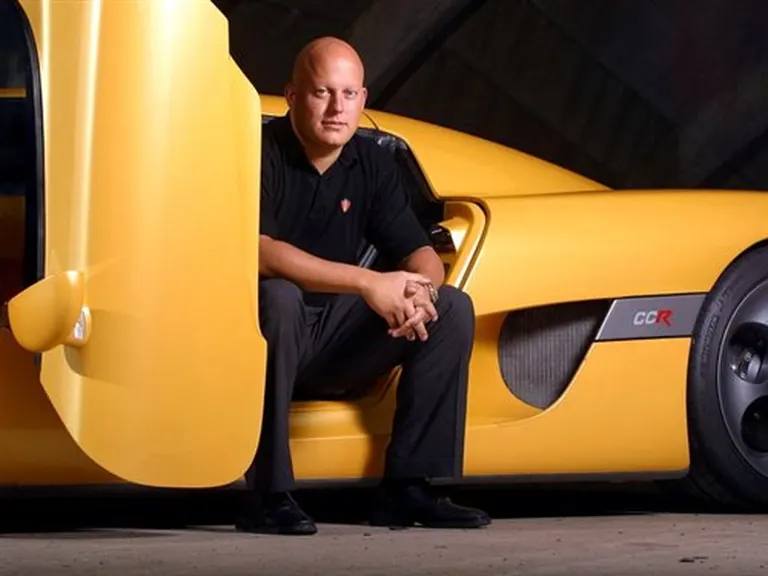
Two years later, the first prototype car CC was born. In this process, Christian received great assistance from Volvo Company. In addition to providing funds, Volvo also provided the wind tunnel test room for Christian to use, and the first batch of loading engines were provided by Ford, Volvo’s parent company, but Koenigsegg added a supercharging system on this basis.
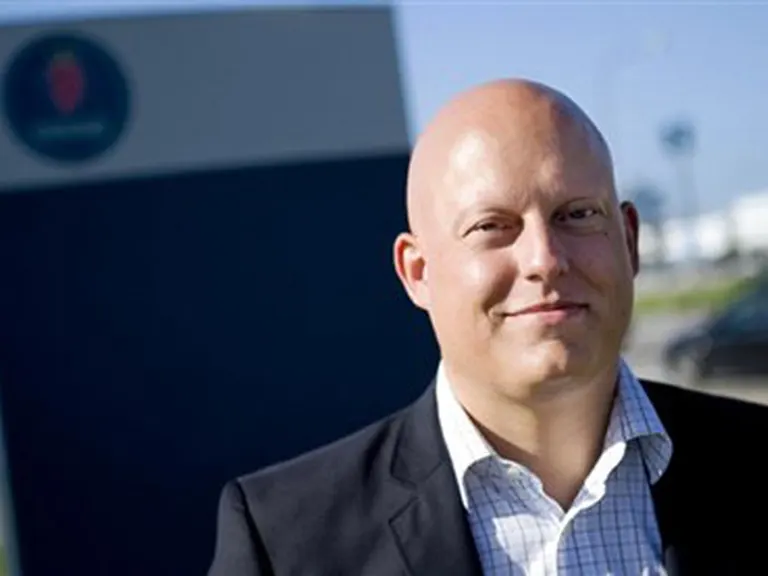

The prototype CC 8S of Koenigsegg CC was exhibited at the French Cannes Film Festival in 1997, and Koenigsegg has attracted great attention since it was exhibited, which also excited the engineers of Koenigsegg. Then Koenigsegg’s engineers made more improvements to the CC 8S. It was officially released at the Paris auto show in 2000. The first mass-produced CC 8S was officially delivered in 2002. Since then, four CC 8S have been manufactured.


Every Koenigsegg sports car has a ghost logo on the rear. This is because the Koenigsegg car factory is built in an old airport of the Swedish Air Force, which used to be the base of a large team of Swedish Air Force for a very short time. In order to commemorate those fighting heroes, Koenigsegg put the ghost logo on every sports car. In addition to their respect for the Swedish Fighter Squadron, because they have high-performance fighters and Koenigsegg sports cars have the same capabilities as high-performance fighters.
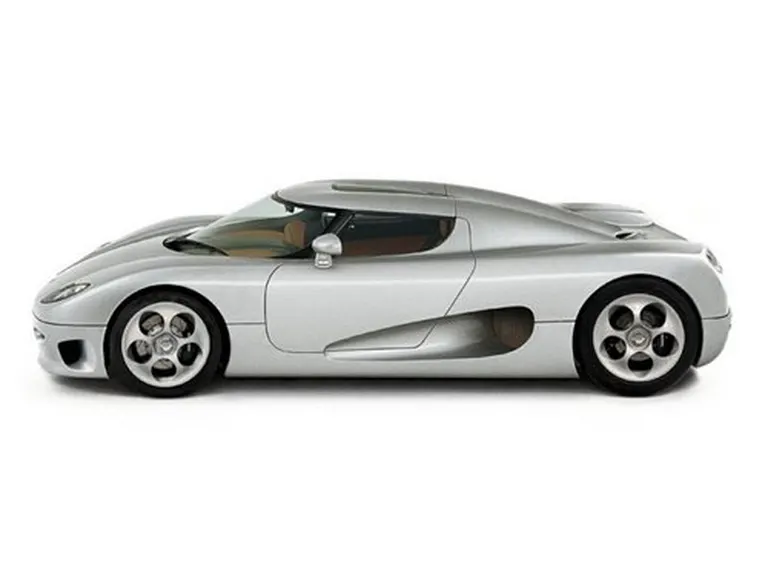

In 2004, Koenigsegg released the CCR, which produced only 20 units. The lines on the side of the Koenigsegg CCR body look like the lines of an airplane. The smooth curve creates a drag coefficient of only 0.297. The buttons that can be omitted are omitted from the CCR’s center console. But the more important functions are still retained, and the style of the function buttons is also relatively novel. A circle of round metal buttons is much like an old telephone buttons.
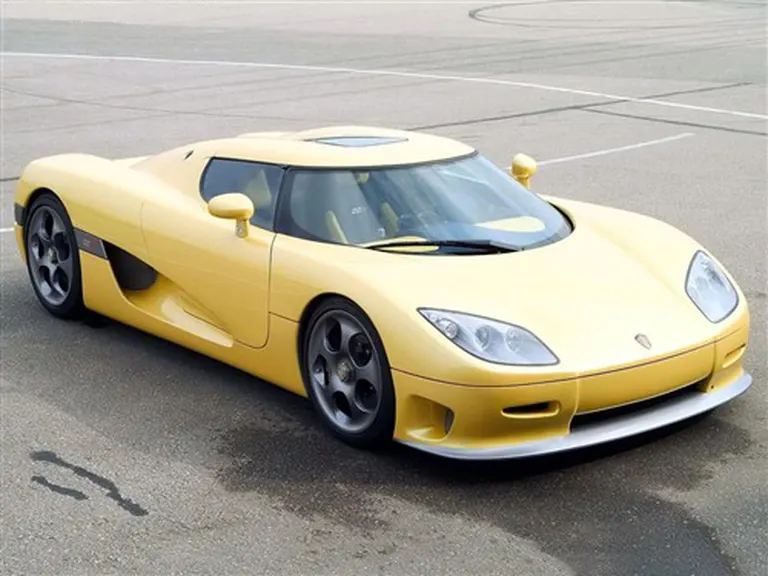
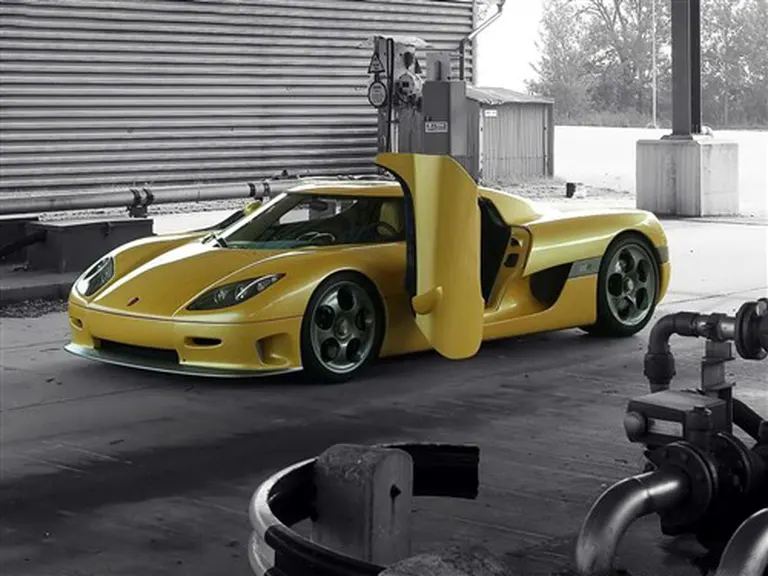
The CCR engine comes from Ford, a 4.7-liter (Ford nominally 4.6-liter) V8 engine that was once used in the Mustang. The original power is around 300 horsepower. Koenigsegg equipped the engine with a mechanical supercharger of Lysholm, a professional Swedish supercharger manufacturer. The maximum supercharging value is 1.4 bar, which makes the CCR a maximum power output of 806 horsepower and a maximum torque of 920 Nm.
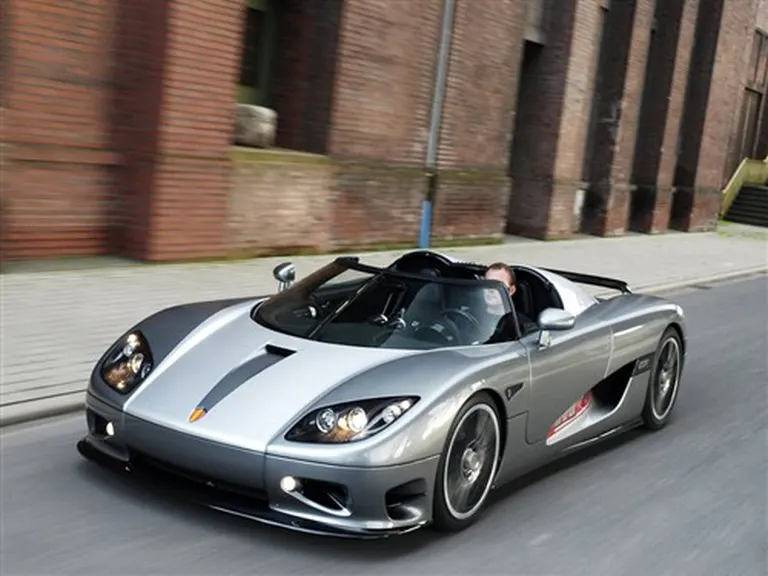
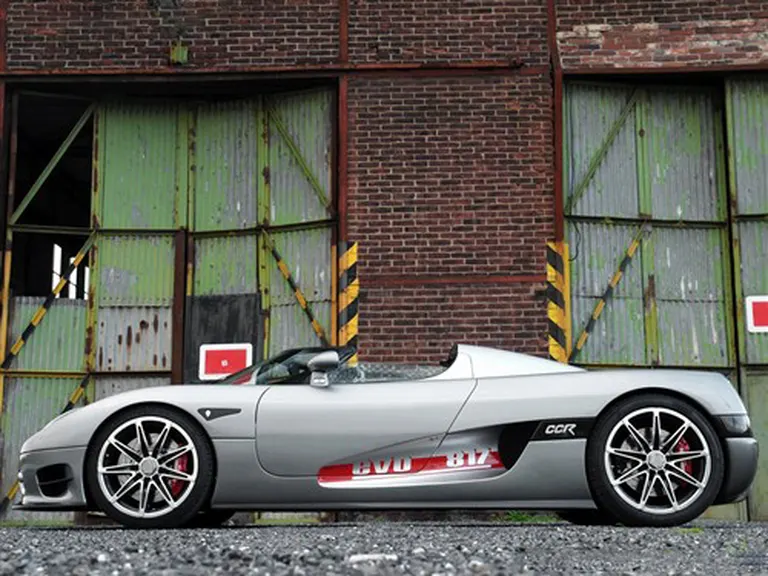
On February 28, 2005, at the Nardo racetrack in Italy, Koenigsegg CCR broke the world’s fastest production speed record with a speed of 388.87km/h. And then in September 2005, Bugatti Veyron set the Guinness world record again with a speed of 407.5km/h. According to Koenigsegg’s own test, the CCXR launched later reached a speed of 420km / h, surpassing the record of Veyron.
The Koenigsegg CCX was launched at the Geneva Motor Show in 2006. This supercar meets the road safety requirements and market needs of the United States and Europe. Koenigsegg is also the only small-scale supercar manufacturer in Europe that has passed the pedestrian impact test of the European Union. And this standard has also become a hard index for small-scale manufacturers in Europe with an annual output of less than 10,000 single models. The “X” letter of CCX represents the Roman letter X, that is number 10, which represents the 10th anniversary of the birth of the first car Koenigsegg CC.
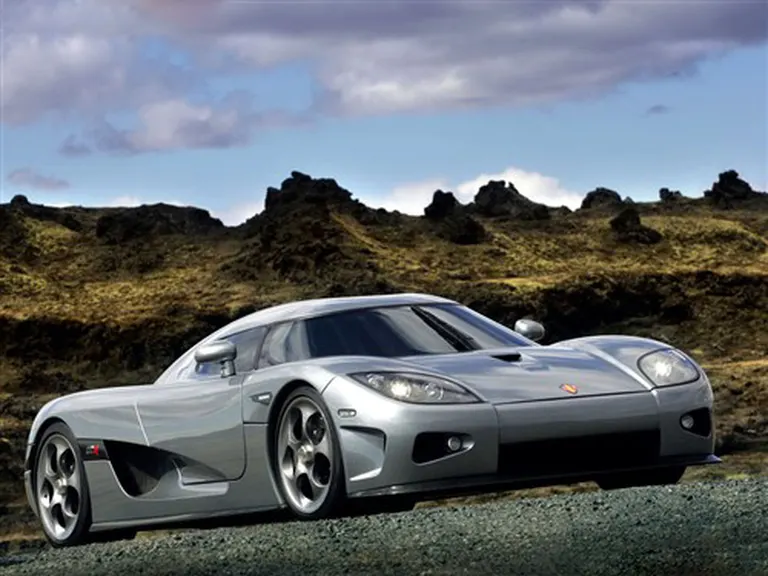
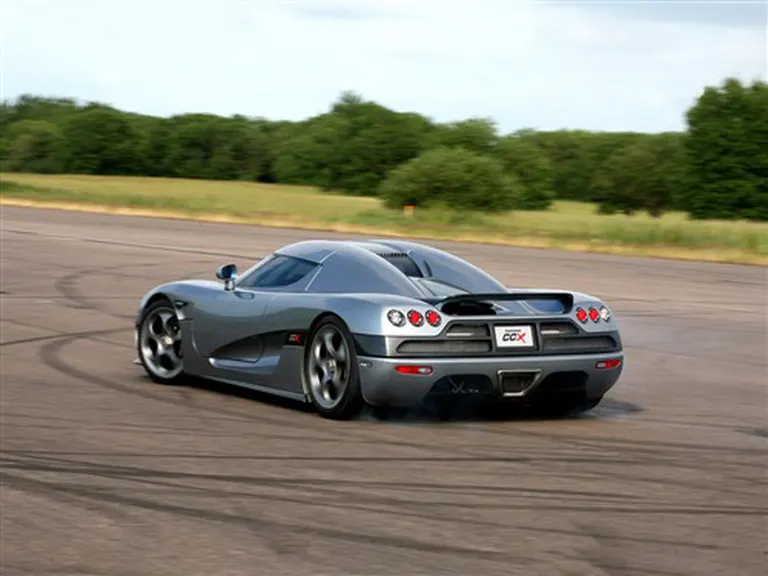
CCX adopts the mid engine layout, and the engine no longer uses the previous Ford engine, but uses the engine developed by Koenigsegg itself, 4.7L double supercharged engine, with the maximum output power of 817 horsepower and peak torque of 919Nm. It is equipped with a 6-speed manual transmission. The acceleration of 100km is 3.2s, and the acceleration of 0-200km / h is 9.8s.
In 2007, Koenigsegg launched the CCXR model. From the name of the car, we can know that the car was developed on the basis of CCX. CCXR is a biofuel sports car with a cast aluminum V8 4.8L turbocharged engine with continuous multi-point fuel injection and a Rotrex supercharger, which can use E85, E100 biofuel, No.98 (or above) gasoline or mix them to use. In addition, it is equipped with a 6-speed transmission with shift paddles. It is reported that the transmission can reduce the shift stroke by 15%.
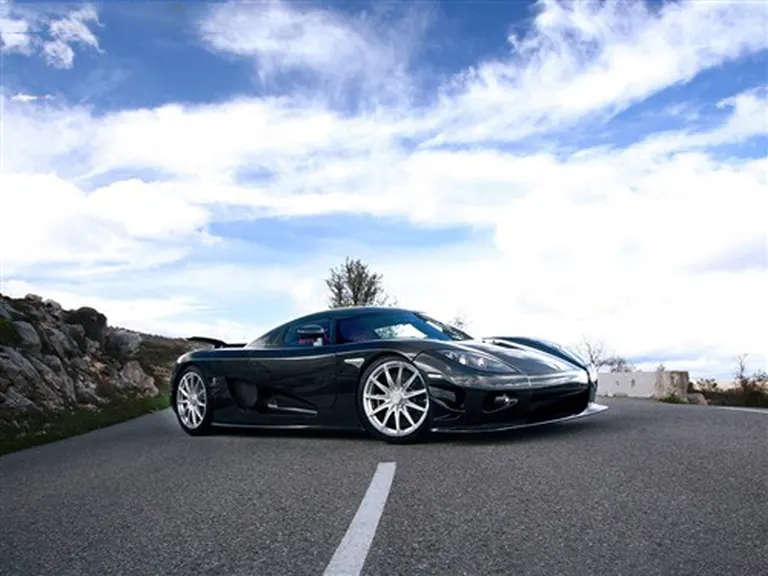
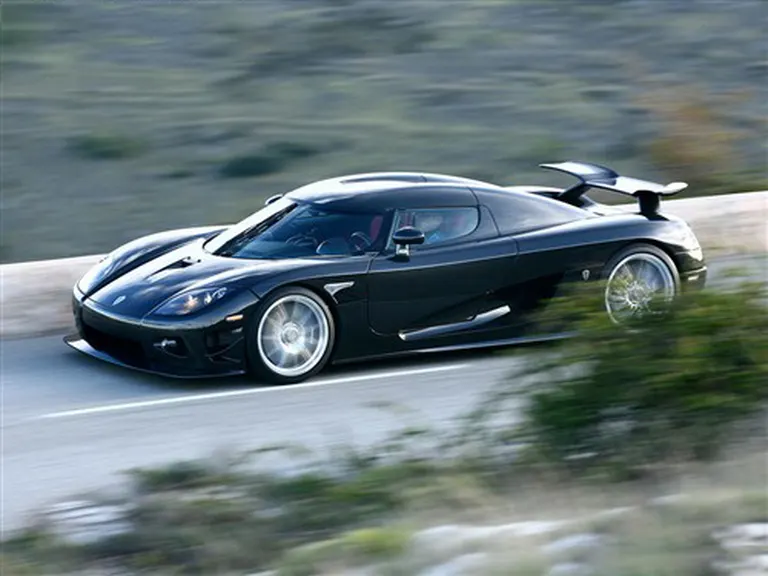
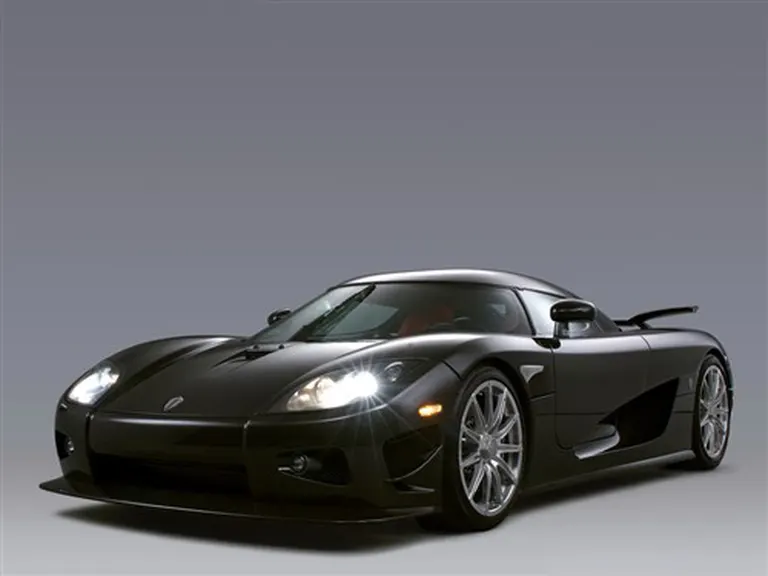
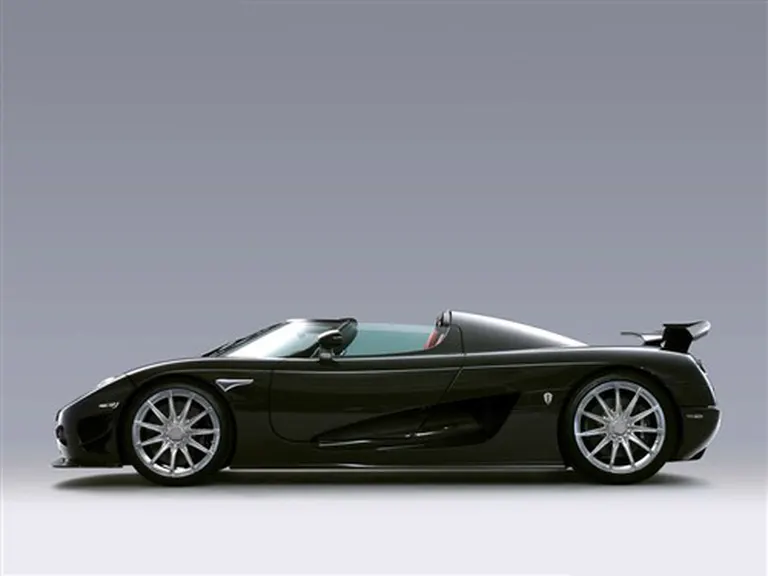

When gasoline engine is used alone, the maximum power can reach 888 horsepower, when E85 biofuel is used, the maximum power can reach 1010 horsepower / 7000rpm, and the maximum torque output is 1080Nm at 5600rpm. The strong power output can make it accelerate to 100km / h in only 2.9 seconds, and the maximum speed can exceed 400km / h. And its fuel consumption rate (when using E35 biofuels) is 18 L / 100km. In addition, due to the use of biofuels, the emissions can reach the Euro IV standard.
In 2009, Koenigsegg released the CCXR Trevita, and only three of them were built later. This special edition model is completely different from the materials used by Koenigsegg in the past. The body part of Trevita uses its original carbon fiber diamond weaving technology, which can make the whole car shine in the sun and look like a sparkling diamond.
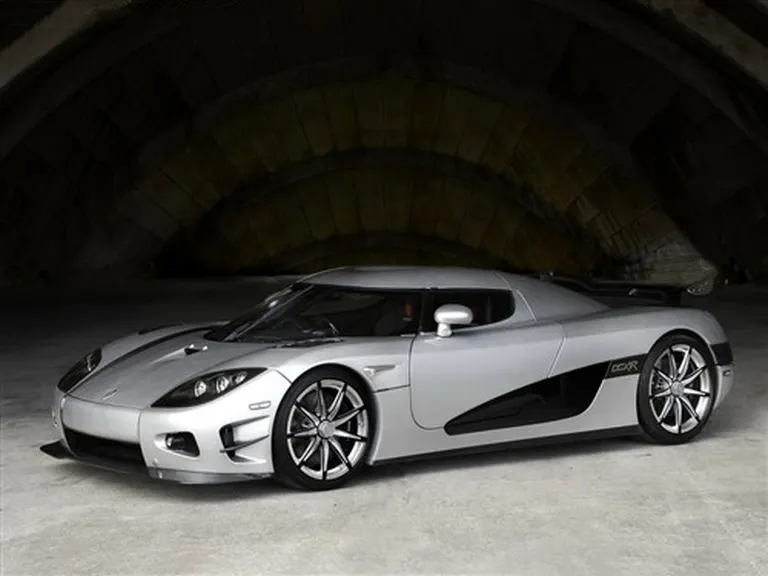

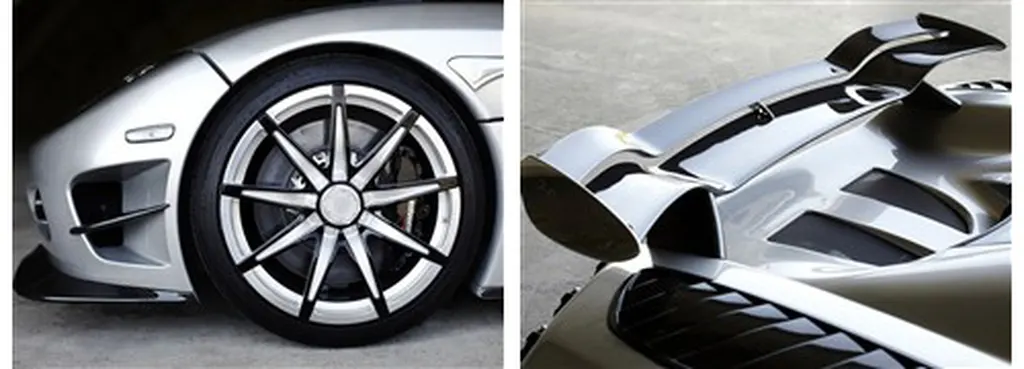 Compared with the pearlescent body, the new multimedia information system, electroplated instrument panel and shift paddles, double-layer carbon fiber tail and carbon fiber ceramic brake system seem to be worthless. A hydraulic jacking system increases the daily practicality of CCXR Trevita, which is convenient to pass through the speed bumps in highways and parking lots. In terms of power, when using dual fuel, this Trevita’s maximum power output can reach 1018 horsepower (759Kw).
Compared with the pearlescent body, the new multimedia information system, electroplated instrument panel and shift paddles, double-layer carbon fiber tail and carbon fiber ceramic brake system seem to be worthless. A hydraulic jacking system increases the daily practicality of CCXR Trevita, which is convenient to pass through the speed bumps in highways and parking lots. In terms of power, when using dual fuel, this Trevita’s maximum power output can reach 1018 horsepower (759Kw).
At the 2010 Geneva auto show, Koenigsegg released a new model named Agera. Agera is equipped with a 4.7L V8 engine with a maximum power of 910 horsepower and a maximum torque of 1100Nm. With the body weight of only 1290kg, the Agera 0-100km / h acceleration time is only 3.1 seconds, and the extreme speed can reach 390km / h.
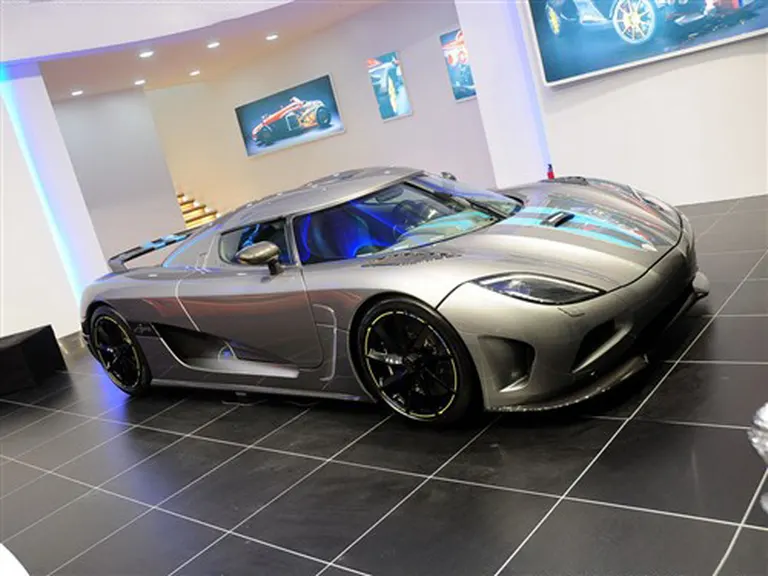
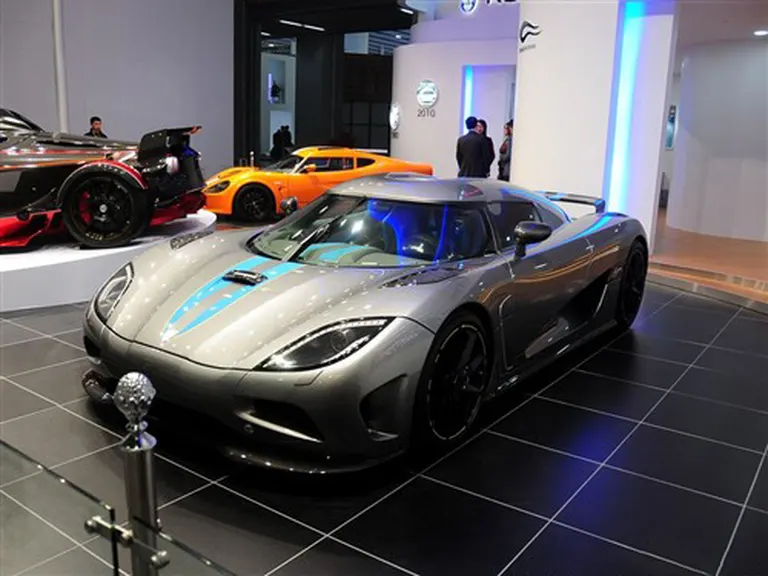
Agera continues the Koenigsegg family-style design style, but also adds many new elements. For example, the interior lighting system also uses a special technology. The light passes through the aluminum buttons and the invisible nanotube surface to generate a powerful visual signal, which looks very clear and fashionable.
At the 2011 Geneva Motor Show, Koenigsegg released the Agera R model. Unlike Agera, Agera R is more powerful, equipped with a 5.0L V8 twin-turbocharged engine, and the pressure of each supercharger reaches 1.4 bar. This engine can use biofuels and ordinary fuels. When using biofuels, it can burst out a maximum power of 1115 horsepower and a maximum torque of 1200Nm. Agera R’s 0-100km / h acceleration time is 2.9 seconds, and the top speed can easily exceed 419km / h. When using ordinary gasoline fuel, the maximum power and maximum torque of the new car are reduced to 940 horsepower and 1100 Nm respectively.
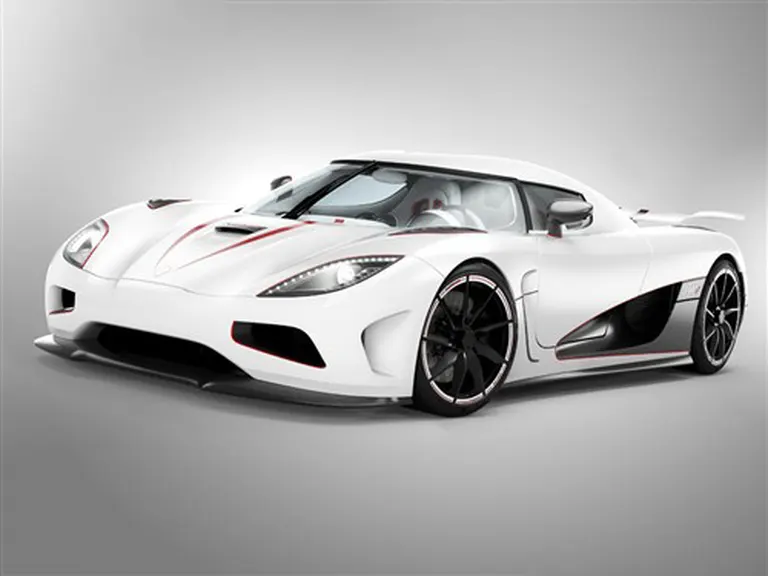
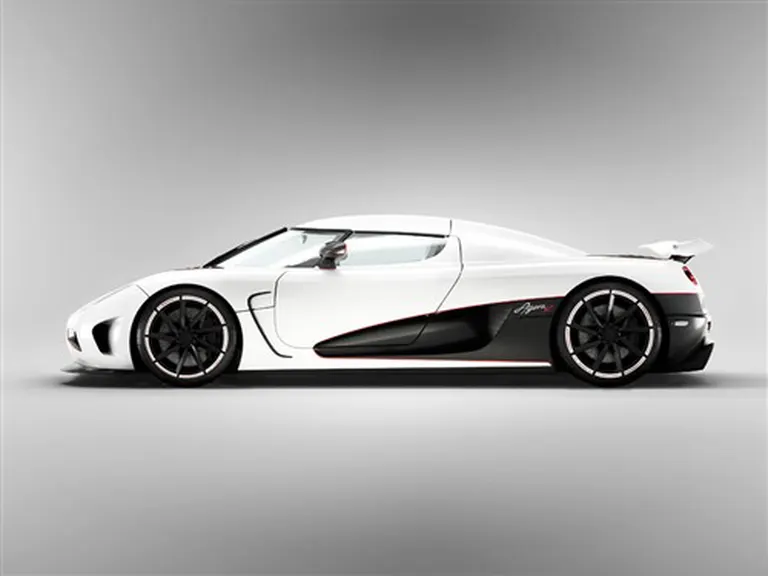

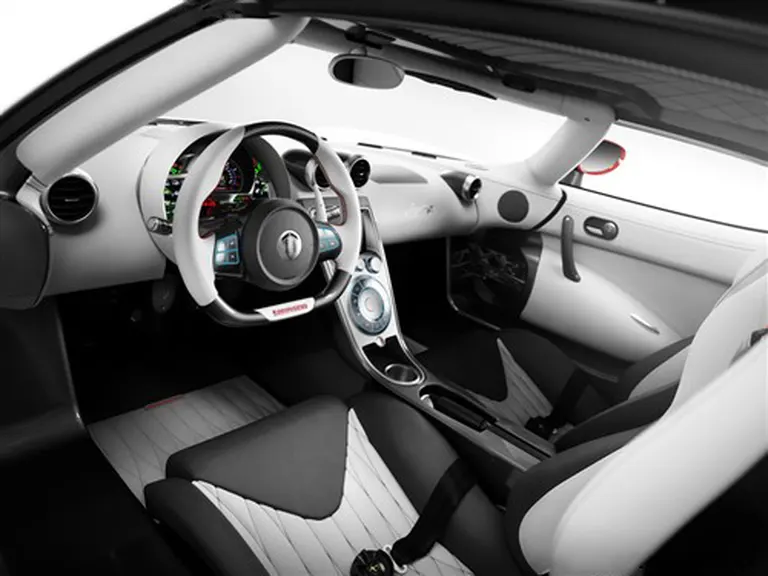
Summary:
For Koenigsegg, profit is not the only purpose. Through the efforts to realize the dream, Koenigsegg pursues to challenge the physical limit again and again. Koenigsegg perfectly explains what is called the spirit of pursuing quality first.

